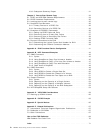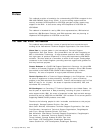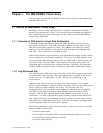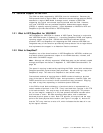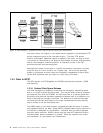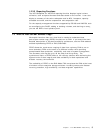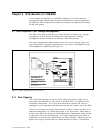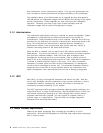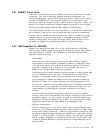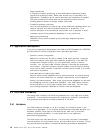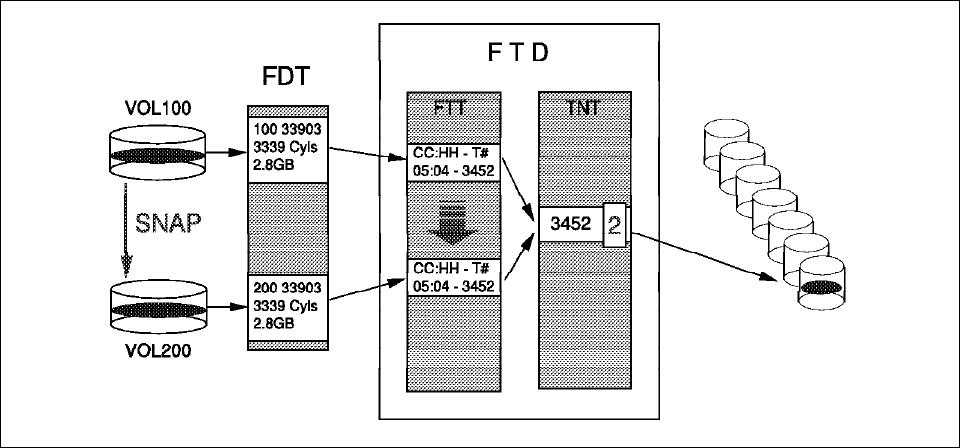
Figure 2. Data Snapping. SnapShot creates a logical copy by copying the FTD pointers.
Only when either the original or the copied track is updated is its associated FTD
pointer changed to point to the new data location. The other FTD pointer
remains unchanged. Additional space is needed in this case. As long as there
is a pointer to a data block in the physical disk storage, the block cannot become
free for the freespace collection process. A reference counter in the TNT
prevents the block from becoming free.
Although the creation of the copy is a logical manipulation of pointers, the data
exists on disk, so in this sense is not a logical copy. As far as the operating
system is concerned, the two copies are completely independent of each other.
On the RVA hardware side, the
snap
is a virtual copy of the data.
1.2.3 What Is IXFP?
The IXFP portion of IXFP/SnapShot for VSE/ESA provides two functions: DDSR
and reporting.
1.2.3.1 Deleted Data Space Release
The RVA manages the freespace in the back-end storage by monitoring space
that is no longer occupied by active data. This may be space formerly occupied
by temporary files, such as DFSORT for VSE work files, or it may be space that
previously held data that has been updated and written back to a different array
track in the back-end storage of the RVA. The difference is that the RVA does
not know that the sort work space is no longer needed without being explicitly
told to release it into the free space pool.
The DDSR option of the IXFP operator command provides the ability to release
this freespace back to the RVA. Using DDSR, allocated space can be returned to
the RVA on a subsystem or volume basis. Individual files can also be deleted
and their space returned. DDSR is done using the new IXFP Attention Routine
command when space reclamation is needed. Either the operator can invoke
the commands, or a job stream can include them.
4 RAMAC Virtual Array, Peer-to Peer Remote VSE/ESA



